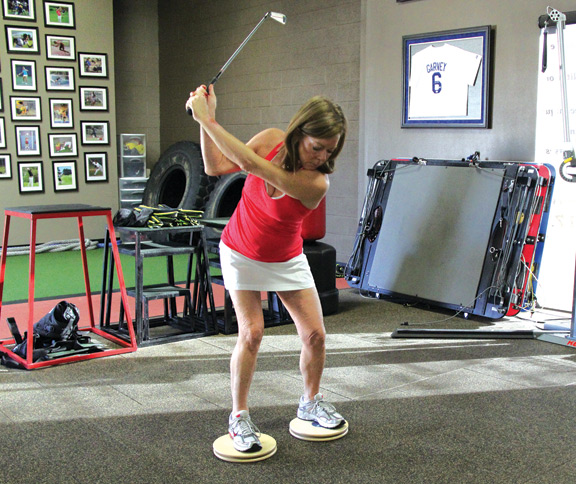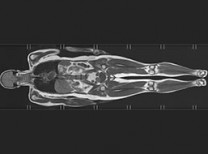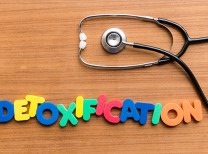Dizziness, vertigo and disequilibrium are all signs of vestibular system dysfunction. Vestibular disorders can be caused by peripheral damage (occurring within the inner ear), or by central damage (occurring within areas of the central nervous system responsible for balance and equilibrium). These symptoms do not have to be permanently debilitating and can often be treated by a skilled physical therapist trained in vestibular rehabilitation.
Signs and symptoms of vestibular disorder may include:
- Vertigo: spinning/whirling sensation of self or environment;
- Dizziness: feeling lightheaded, off-balance or the sensation of floating;
- Motion sickness: queasy or nauseous with cold sweats, which can lead to vomiting;
- Postural instability: poor coordination, imbalance, stumbling, sensitivity to changes in walking surfaces or difficulty with maintaining straight posture (especially of neck/head);
- Hearing changes: tinnitus (ringing/buzzing in the ears), ear fullness, sensitivity to sounds or hearing loss;
- Vision changes: oscillopsia (objects/words seem to jump/bounce/float), diplopia (double vision), blurred vision, sensitivity to light, night blindness or poor depth perception;
- Psychological changes: increased anxiety, decreased self-esteem or depression;
- Cognitive changes: difficulty concentrating, increased forgetfulness, difficulty following conversation in noisy environments or mental and/or physical fatigue disproportionate to current activity.
The most common cause of vertigo is benign paroxysmal positional vertigo (BPPV). BPPV affects 2.4% of all people at some point during their lifetime and currently accounts for 20% of vertigo cases seen by physicians specializing in vestibular disorders. BPPV is the result of otoconia, a calcium carbonate crystal, dislodging from the otolithic membrane, its normal place within the inner ear. The otoconia then moves through one of the three inner ear’s semicircular canals with head movements, causing a false signal of movement within the brain producing the sensation of vertigo and triggering involuntary eye movements (nystagmus).
Vestibular disorders do not have to be permanently disabling and vestibular rehabilitation from a trained specialist can help alleviate instability and the constant fear of falling. It is important to seek treatment early on because vestibular dysfunction can build upon itself in a snowballing effect causing some to be bedridden with nausea and vertigo, leading to further social isolation, anxiety and depression.
A vestibular rehabilitation program may include one or more of the following:
- Canalith repositioning techniques for BPPV: Head maneuvers that move particles in your inner ear–which cause dizziness–to a part of your ear where they won’t;
- Adaptation exercises to enhance gaze stabilization;
- Habituation exercises (positional training) for increased activity tolerance;
- Substitution exercises (alternative positional training if habituation is not tolerated);
- Neuromuscular re-education;
- Normalization of gait and balance training.
To continue living a quality life filled with self-confidence, joy and all your favorite activities, it is recommended that you seek proper diagnosis and treatment from a qualified professional when symptoms begin.
Diana Huffman is a Doctor of Physical Therapy with Avid Physical Therapy. She is certified in Pilates Rehabilitation and working towards her Certified Vestibular Specialist designation. Diana can be reached at (760) 347.6195 or at [email protected]














































Comments (0)